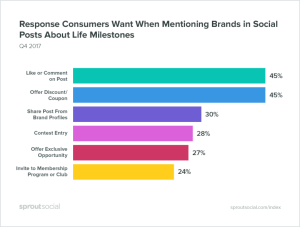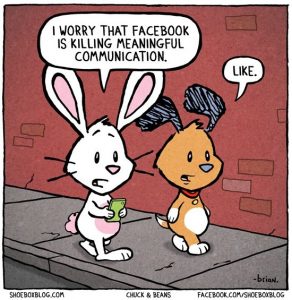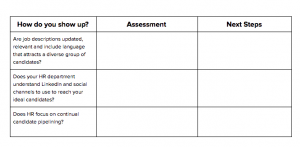By Roxanne Calder
Staff retention is a perennial concern, no matter the industry or economic climate. It is business critical and a non-negotiable for performance. Our recent times have seen an Everest-like challenge to retain talent, leaving an enduring wound in the psyche of managers and leaders.
These prized human assets are drivers for revenue, growth, and profit. Valuing these assets should not be considered exclusive to our current times. Henry Ford knew it in 1914. Even with a heavily automated factory and a de-skilled labor force, his prevalent strategy was staff retention.
We protect our business’s assets, guarding heavily against breakdowns or unforeseen repairs. We service, maintain, update, insure and have backups, replacements, and contingency plans. What of the due diligence in looking after our human assets?
Retention isn’t just about salaries. For true sticking power, there is much more you can do. Non-cash incentives can be a potent stimulus to behavior. The art of incentivizing is much more than gifting people with additional perks. To really retain your employees, immerse yourself in the complexity and sentiment of how they feel about work, career, and their newborn rights.
Leadership
The pandemic unmasked how our employees really feel. For decades and with earnestness, the topic of leadership has been discussed. Yet the façade remained, and here we are. In our present times, the overarching reason people leave organisations is because leaders don’t care enough. For an environment where employees really stick, its starts with the manager.
Strong people managers make all the difference. Skilled to spin a good day to great and to turn a bad situation around, they are an organization’s savior. Every employee, even the most loyal and engaged have wobbly job moments. The adept manager, attuned to their team’s emotions and rhythms, senses the shift well before the tipping point.
Our workplace requires much more from leaders. The hats are many. The latest adornment is the quasi-parental roles. With the decentralisation of the workforce, falling familial structures and further distancing of intrinsic human needs such as communication, touch etc., we look to other role models to fill the void. With care, concern, compassion and yes, it must be genuine, managers and leaders play the surrogate role.
Flexibility and autonomy
Flexibility in every way is sought. A staggering 52% of UK working women have considered leaving or have left, their roles due to a lack of flexibility. Hybrid is the starting point, and already it has evolved from the jejune home/office version. Hybrid is now telework, anywhere and anytime, a café, on the train, on school sports day, perhaps from home and the office.
If you cannot offer hybrid, still be flexible. Leaving early, later starts, reduced hours, 4-day weeks etc., to cater to life’s other priorities are just some options. Understanding people’s commitments, pressures, wants, motives, and desires in today’s fresh and rapidly evolving world has become an obligatory expectation.
Life’s priorities don’t just pertain to family responsibilities. The collective, across all generations and demographics, expect the freedom to do what is important to them, study, hobbies, sport, leisure, travel etc. It is our new-world reality. If your organisation can accommodate, do it
Wellbeing
I’m not referring to the superficial rallying of gestures, token offerings, or unlimited perks of 2022. Taking care of employee well-being today requires a root cause analysis with an honest appraisal and application of the not-always-popular solution. Get rid of the vouchers and look for understanding and action.
Non-sustainable work expectations are a major cause for people leaving their jobs. Employee resignations with prolonged empty seats have left existing employees carrying the burden. Feelings of being undervalued surface and resentment, even for those most loyal. These play on the fragility and are at the core of wellbeing.
Listen, hear, and see your employees. Work to their strengths, not weaknesses, and allocate work accordingly. Quarterly reviews of work in progress allow fluid decisions of work distribution. An adaptable and supportive environment with strong communication, working with the ebbs, flows, and pressures build team confidence, and a sense of achievement. The end of the week should be an intrinsic high, not a ladened crawl to the finish line.
Our workplace is experiencing a whole new revolution. With rising figures of remote and hybrid working, the case for retention becomes pressingly apparent. The incentives we choose create communication, revealing the inside story of what is important, our motivations, and possible desperation.
Having incentives from a place of strength and not weakness is paramount. With the right care and attention, the longer you hold onto your precious human assets, the greater your organizational value. Your shareholders and customers will thank you 10 times over.

Roxanne Calder is the author of Employable: 7 Attributes to Assuring Your Working Future, and the founder and managing director of EST10.
(12)
Report Post







